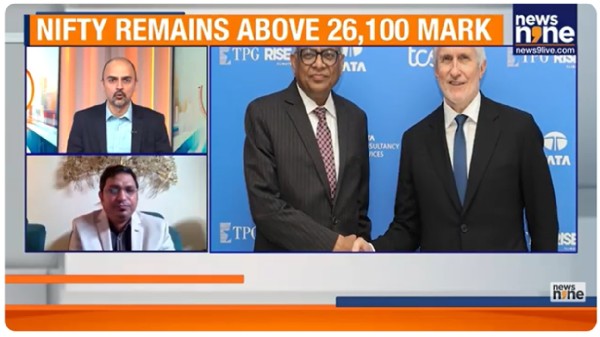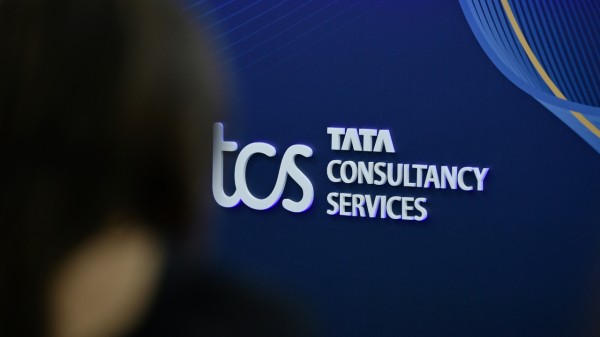

By signing in or creating an account, you agree with Associated Broadcasting Company's Terms & Conditions and Privacy Policy.


By signing in or creating an account, you agree with Associated Broadcasting Company's Terms & Conditions and Privacy Policy.

Kolkata: If crude oil has been a primary driver of the global economy in the past 100 years, the next 100 could be determined by who controls the production of semiconductors, popularly known as chips. With the rise of AI, chip fabrication is becoming a limited and strategically important resource for the modern age boosting a country's economic and technological power and perhaps even its national security.
The Centre has flagged off a drive to become a major power in the chip fab industry with several fabrication units at different stages of implementation across teh country. The important ones in this ecosystem are the Tata-PSMC fabrication unit in Dholera, Gujarat, the Micron Technology ATMP facility in Sanand, Gujarat, the Tata TSAT OSAT unit in Morigaon, Assam, the SiCSem compound semiconductor fab in Odisha and 3D Glass Solutions advanced packaging unit in Odisha.
The semiconductor value chain is a big one and one that consists in designing chips, conducting research and development, manufacturing chips etc. Private sector corporate interest and investments are involve in each stages of the value chain. Indian institutes of engineering and research are also actively participating in the process.
Analysis by ACE Mutual Fund has identified three mutual fund schemes on the basis of compounded annual growth rate over five years, which has high allocation to stocks in the semiconductor sector. The data is as on September 16, 2025. Let's have a look at these funds.
Like any other flexi cap fund Motilal Oswal Flexi Cap Fund is a scheme that allows dynamic allocation in stocks across market caps and sectors depending om the discretion of the fund manager. In the past five years, it has generated a CAGR of more than 29%. The fund has an AUM of Rs 13,680 crore at the end of August this year.
The portfolio of Motilal Oswal Flexi Cap Fund is thus divided among different market cap stocks -- 44.3% in large caps, 49.8% in midcaps and 1.4% in small caps. The total exposure of this fund in semiconductor stocks is as high as 17.52%. According to ACE MF findings, its has allocated 9.76% in Dixon Technologies (9.76%), 6.34% in CG Power & Industrial Solutions and 1.42% in Kaynes Technology.
As is evident from the name, Canara Robeco Infrastructure Fund is a thematic fund. It has an AUM of Rs 889 crore. The portfolio of Canara Robeco Infrastructure Fund has about almost 54.3% in large cap stocks, 30.1% in midcaps and 11.34% in small caps. In the past five years, this fund has generated a huge CAGR return of 31.9%.
According to ACE MF, about 12.3% of its AUM is in semiconductor stocks. The highest allocation in in Bharat Electronics, Dixon Technologies, CG Power & Industrial Solutions and Kaynes Technology. While Bharat Electronics has 3.61% investments, Dixon Technologies accounts for 3.56%, CG Power & Industrial Solutions 2.99% and Kaynes Technology 2.14%.
HSBC Infrastructure Fund was launched in January 2008 and its AUM has reached Rs 2,278 crore at the end of August 2025. This fund has invested 55.34% in large cap stocks, 11.71% in mid caps and 30.71% in small cap stocks. This fund has generated a CAGR of 29.3% over five years.
HSBC Infrastructure Fund has a total exposure of 10.6% to semiconductor stocks. The top stocks in this sector in its portfolio are Bharat Electronics (7.97%) and Dixon Technologies (2.62%). The portfolio is angled in favour of capital goods (32.07%) and infrastructure (12.9%).
(Disclaimer: This article is only meant to provide information. TV9 does not recommend buying or selling shares or subscriptions of any IPO, Mutual Funds, precious metals, commodity, REITs, INVITs, any form of alternative investment instruments and crypto assets.)












